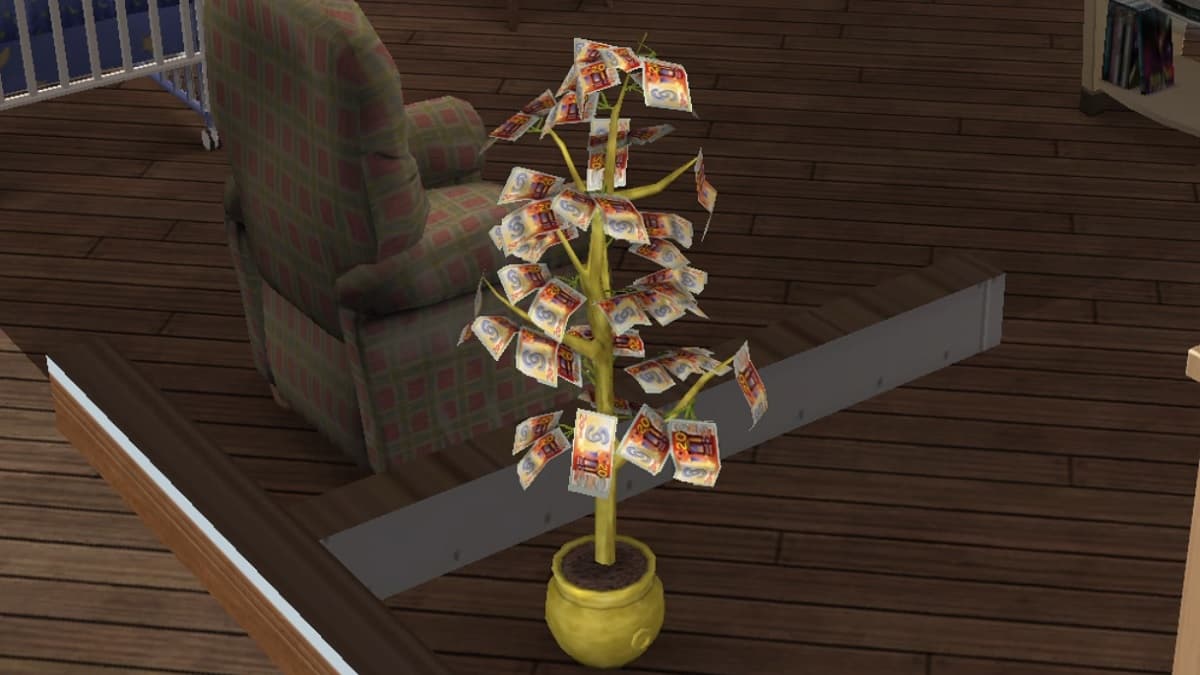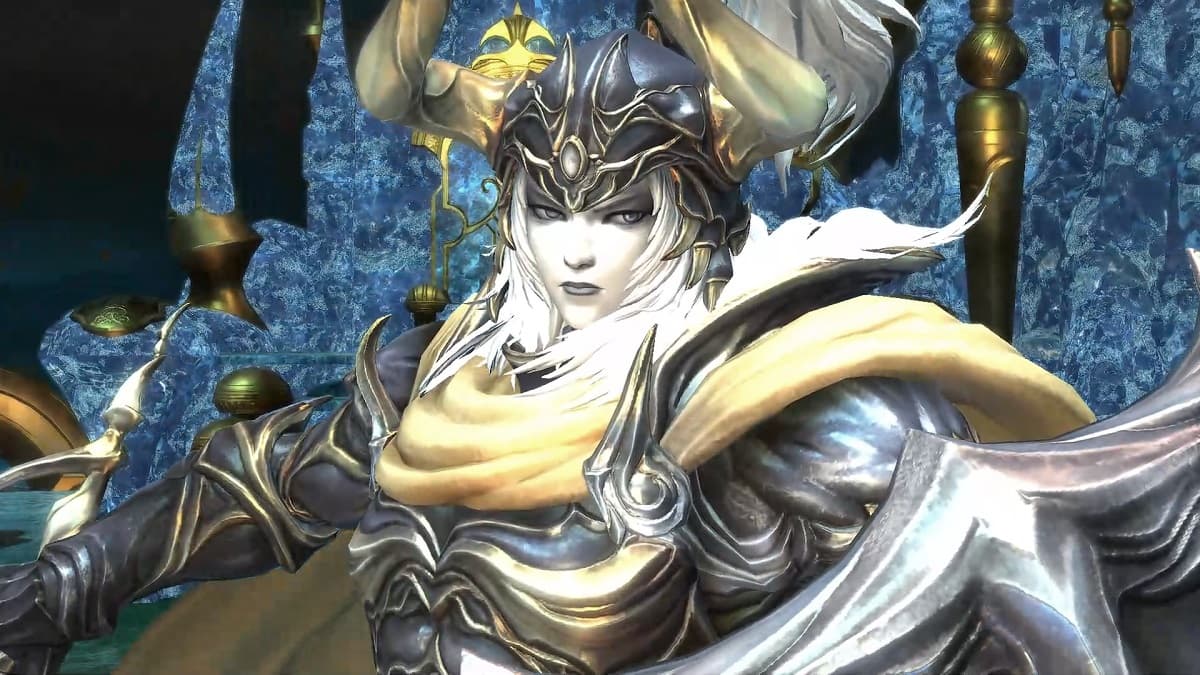Another Pokemon remake, another 100+ hours of my life I’ve signed away to Game Freak. And if you’re looking up how different the two newest titles, Pokemon Omega Ruby and Pokemon Alpha Sapphire (also known as ORAS), really are, then you’re probably also in the market to give up a month of your free time to these games. Such is the way of Pokemon.
It doesn’t matter if you’re new to the franchise, if you’ve drifted away for a few game generations, or even if you’ve been a diehard Pokemon fan since you were a scrappy kid, we’ve put together a guide to help you make an informed decision about which version will work best for you. We’ll also summarize the changes and improvements that both games share and give you context for them.
Differences Make The World Go ‘Round
Getting down to business, what does Omega Ruby have that Alpha Sapphire doesn’t, and vice-versa? Most experienced Pokemon players will first point to the one of the most obvious differences, version-exclusive Pokemon. Below is a table listing all the known differences in available Pokemon between the two titles.
| Omega Ruby Pokemon | Type | Alpha Sapphire Pokemon | Type |
|---|---|---|---|
| Seedot | Grass | Ludot | Water/Grass |
| Nuzleaf* | Grass/Dark | Lombre* | Water/Grass |
| Shiftry* | Grass/Dark | Ludicolo* | Water/Grass |
| Mawile | Steel/Fairy | Sableye | Dark/Ghost |
| Zangoose | Normal | Seviper | Poison |
| Solrock | Rock/Psychic | Lunatone | Rock/Psychic |
| Ho-Oh** | Fire/Flying | Lugia** | Psychic/Flying |
| Palkia** | Water/Dragon | Dialga** | Steel/Dragon |
| Tornadus** | Flying | Thundurus** | Electric/Flying |
| Reshiram** | Dragon/Fire | Zekrom** | Dragon/Electric |
| Groudon/ Primal Groudon** | Ground/Fire | Kyogre/ Primal Kyogre** | Water |
| Latios** | Dragon/Psychic | Latias** | Dragon/Psychic |
| Skrelp | Poison/Water | Clauncher | Water |
| Dragalge* | Poison/Dragon | Clawitzer* |
(* denotes a Pokemon evolved from the one above it. ** denotes a legendary Pokemon.)
A cursory glance shows us that Omega Ruby and Alpha Sapphire have the same number of exclusive Pokemon. Most of the exclusive Pokemon also have a “polar opposite”, such as Zangoose/Seviper and Solrock/Lunatone.
The other striking result is how few non-legendary Pokemon are version-exclusive, eight in both titles.
The other striking result from this table is how few non-legendary Pokemon are version-exclusive, eight in both titles. The fact is that while legendary Pokemon are powerful and really great if you catch them, they are an end-game feature and won’t have any impact on the first half of your gameplay.
Going further and removing the evolutions of exclusive Pokemon, and you’re left with only 10 non-legendary Pokemon that will show up in the wild in one version instead of both. Let’s give some context for how small that number is. The Pokemon wiki Bulbapedia states that the Pokemon universe currently contains 719 known species, making a difference of 10 Pokemon statistically insignificant.
Choosing a title based on version-exclusive Pokemon should therefore only be a consideration if there’s a particular Pokemon you absolutely want to have before you beat the main storyline.
As well, because of changes to trading in ORAS that I’ll explain in a minute, trading is very easy and there’s less of a barrier between the two versions, even if you don’t know anyone who has the other one. Choosing a title based on version-exclusive Pokemon should therefore only be a consideration if there’s a particular Pokemon you absolutely want to have before you beat the main storyline.
Narrative Changes and Legendary Pokemon
Another choice to make is what scares you more: geeks in Crocs or pirates in Crocs? Joking aside, a noticeable difference between the two titles is aesthetic changes to the game’s narrative, namely its primary antagonist and legendary Pokemon. Much like the original Ruby and Sapphire, you face off with one particular team of baddies for much of the game. In Omega Ruby, Team Magma attempts to awaken Groudon (to become Primal Groudon) and increase Hoenn’s landmass. Team Aqua of Alpha Sapphire aims to awaken Kyogre as Primal Kyogre and raise sea levels in the world (because it’s working just so well in our own world).
As mentioned, Groudon and Kyogre will only appear in Omega Ruby and Alpha Sapphire respectively. When you’re called to fix the problems caused by the relevant team of idiots, you’ll face one legendary Pokemon, not both. Note that both teams do appear in each game: the team that isn’t your version’s primary antagonist will come across as pseudo-benevolent activists who are trying to remedy what the other team has done.
The flying dragon Pokemon Latios and Latias, as in the original Ruby and Sapphire, are also version-exclusive. The blue-hued Latios appears in Omega Ruby, while the red-hued Latias is available in Alpha Sapphire. As these legendary Pokemon can be your means of flying between areas and Groudon/Kyogre cannot, some gamers may consider these two in particular when choosing their version.
Taken together, these aesthetic changes will affect the story you play, but only in minor ways. They won’t have a huge impact on your gaming experience, but instead color your version with slight differences. And when it comes to exclusive Pokemon, even for legendaries like Groudon and Kyogre, trading provides an opportunity to have them no matter which version you play.
“We Are More Alike Together, My Friends…”
Despite the focus we’ve had on differences between Omega Ruby and Alpha Sapphire, we should keep in mind how very similar they still are. They both benefit from new and renovated gameplay features, and are equally great games because of it.
First off, the Mega Evolutions of Pokemon X and Y return in ORAS, with the previous Mega forms in addition to 20 new ones, including the Hoenn starter Pokemon (see above). These beefed-up versions of your Pokemon will require the relevant Mega Stone, scattered throughout the games. You can then use them in battle to supercharge your Pokemon for the duration of the fight.
Related to Mega Evolutions but new to ORAS is the concept of “Primal Reversion”, which plays into the storyline of Groudon/Kyogre as Team Magma/Aqua try to use the legendary Pokemon to change the world. Primal Groudon gains the ability “Desolated Land”, while Primal Kyogre gains “Primordial Sea”. Both of these abilities change the weather of battles and render ineffective moves of the type each Pokemon is weak against.
For now only these two legendary Pokemon can turn “Primal”, but the amount of hype Game Freak has created for this new feature indicates they might expand it to other legendaries. It’s interesting to note that legendary Pokemon like Latios/Latias already have Megas, so the distinction between the two evolutionary processes remains a bit fuzzy.
New Gameplay Features and Returning Favorites

New to the series is the DexNav, a section of your Pokedex that makes catching particular Pokemon and completing the game 100% much, much easier. The feature gives information on wild Pokemon and scans the surrounding areas for rare Pokemon or those with unusual moves. Once found, players use the touchpad to “sneak” up to the located creature and can initiate a battle with it.
The end-game item Eon Flute, when paired with your Latios/Latias, competes with DexNav for coolest new addition to the series. It allows you to fly around the skies of Hoenn and search for “spheres”, which have either legendary Pokemon from other Pokemon regions, rare non-legendary Pokemon, or special items for you to collect. It gives the game a new breath of life after you’ve finished the main storyline.
Various gameplay revamps in ORAS have fixed some of the issues players had with X/Y. For example Wonder Trade, that much-maligned system from Pokemon X and Y, makes a more dignified return in ORAS. It’s a randomized trading system where you put up a Pokemon to trade with someone else…anyone else. The system connects you to a random player and you exchange your Pokemon for literally anything, with you having no say in what it will be.
While X/Y saw a Pokemon economy flooded with worthless common Bug Pokemon, the new Wonder Trade system appears to be operating much better. Whether it’s because of the new release, a concerted effort by players playing ORAS, or a mixture of both, the fact is that Wonder Trade is kind of really cool now. You can mix up your team and get a chance at something great early on, instead of relying on grinding and catching in the wild.
If you’re still concerned about version-exclusive Pokemon, Wonder Trade is a welcome addition to the usual, non-random trading system. Both of them work to break down the barriers between Omega Ruby and Alpha Sapphire, as well as between ORAS and X/Y.
Pokemon Hordes, where you fight five Pokemon at once, return and are available in both wild and trainer battles now. The 3DS’s touchscreen UI, which had had a few kinks in X/Y, now allows unfettered access to all of your gadgets in an easy-to-use display. And the charming “Secret Bases” of Ruby and Sapphire return as enhanced “Super Secret Bases”, marking the end of a dry spell for players looking to spend their gameplay decorating their own cave. Pokemon Contests, another a thrown-by-the-wayside feature, also return in ORAS. One special Contest grants the winner a Pikachu capable of dressing in a number of ridiculous outfits, both in battle and in the environment.
And finally, a couple of item changes in ORAS smooth the game’s edges a bit, and address some long-time issues with the franchise. The item EXP. Share, for example, is the partner-in-crime of any player grinding to new levels. ORAS moves it from a Held Item to a Key Item, allowing you to share EXP between all six of your Pokemon, instead of two. Doing so makes gameplay in the first few hours significantly quicker, as the player prepares their Pokemon for the next gym leader.
Omega Ruby or Alpha Sapphire?
There is no clear winner between Omega Ruby and Alpha Sapphire, as there shouldn’t be. Players can note the differences between the two titles, but they should also keep in mind how great both of the games can be.
Pokemon exclusivity becomes less significant of a factor when one considers the enormity of the Pokemon varieties in the franchise, all of which are available in these remakes. Trading, both regular and Wonder, helps lessen the differences even more. And players can relish the return of Secret Bases and Pokemon Contests while at the same time experimenting with new gameplay strategies as a result of the DexNav. Pokemon has always been a game where you shape it to your liking and invest your personality into the gameplay, and Pokemon Omega Ruby and Alpha Sapphire continue that personalized ethos.












Published: Nov 24, 2014 01:15 pm